Is your bathroom sink constantly dripping? Not only is this annoying, but it can also lead to wasted water and a higher utility bill. The good news is that fixing a dripping bathroom sink is a relatively easy DIY task that can save you time and money. Follow these simple steps to fix your dripping bathroom sink and get it back to working properly. How to Fix a Dripping Bathroom Sink
Before you start trying to fix your dripping bathroom sink, it's important to troubleshoot and determine the cause of the problem. The most common cause of a dripping sink is a worn out or faulty faucet cartridge. This is the part of the faucet that controls the flow of water. Other possible causes could be a loose or worn out O-ring, a worn out valve seat, or a worn out washer. Once you determine the cause, you can move on to fixing the problem. Troubleshooting a Dripping Bathroom Sink
As mentioned before, the most common cause of a dripping bathroom sink is a faulty faucet cartridge. This can happen over time due to regular wear and tear or it could be a defect in the cartridge itself. Another common cause is a loose or worn out O-ring, which is a small rubber ring that helps create a watertight seal. If the O-ring is loose or worn out, it can cause leaks and dripping. A worn out valve seat or washer can also lead to a dripping sink, as they can become damaged or worn over time. Common Causes of a Dripping Bathroom Sink
If you're feeling handy, you can try to fix your dripping bathroom sink yourself. Start by turning off the water supply to the sink. This is usually located under the sink or in a nearby cabinet. Next, remove the handle of the faucet by loosening the screw that holds it in place. Then, remove the faucet cartridge using pliers or a cartridge removal tool. Inspect the cartridge for any damage or wear and tear. If it looks damaged, you will need to replace it with a new one. If it looks fine, try cleaning it with vinegar and water to remove any buildup. Reassemble the faucet and turn the water supply back on. Test the sink to see if the dripping has stopped. DIY Bathroom Sink Drip Repair
If you don't have the time or tools to attempt a DIY fix, there are some quick fixes you can try to stop your bathroom sink from dripping. One option is to tighten any loose parts, such as the handle or the O-ring. You can also try replacing the washer or valve seat, as these are relatively simple fixes. Another quick fix is to use plumber's tape to create a better seal around any loose parts. However, keep in mind that these are temporary solutions and you may need to replace the faulty parts in the near future. Quick Fixes for a Dripping Bathroom Sink
The best way to prevent a dripping bathroom sink is to take care of it and perform regular maintenance. This includes cleaning the faucet and removing any buildup or debris. You should also avoid using excessive force when turning the faucet on and off, as this can cause wear and tear on the parts. If you notice any leaks or dripping, address them as soon as possible to prevent them from getting worse. Tips for Preventing a Dripping Bathroom Sink
If you're not comfortable attempting to fix your dripping bathroom sink yourself, or if the problem seems more complicated, it's best to hire a professional plumber. They have the knowledge, skills, and tools to fix the problem correctly and efficiently. They can also help identify any underlying issues that may be causing the dripping and prevent future problems. Professional Plumbing Services for a Dripping Bathroom Sink
If you do decide to tackle the dripping sink yourself, it's important to choose the right replacement parts. Make sure to get the correct size and type of faucet cartridge, O-ring, washer, or valve seat for your specific sink. You can consult with a plumber or do some research online to ensure you get the right parts for your sink. Choosing the Right Replacement Parts for a Dripping Bathroom Sink
A dripping bathroom sink not only wastes water, but it can also lead to a higher utility bill. That's why it's important to fix the problem as soon as possible. By addressing the issue promptly, you can save money on your water bill and prevent any further damage to your sink or plumbing. Regular maintenance and quick fixes can also help prevent costly repairs in the future. How to Save Money on a Dripping Bathroom Sink
In some cases, a dripping bathroom sink may be beyond repair and it will need to be replaced. If you have an older sink or the problem is more complicated, it may be more cost-effective to replace the sink altogether. Signs that you need to replace your dripping bathroom sink include rust or corrosion on the faucet, cracks or chips in the sink, or frequent leaks and drips even after attempting to fix them. Signs You Need to Replace Your Dripping Bathroom Sink
The Annoyance of a Dripping Bathroom Sink: Causes and Solutions

Why is Your Bathroom Sink Dripping?
Solving the Problem
/close-up-of-overflowing-bathroom-sink-90201417-579787783df78ceb865822d8.jpg) So, how do you stop your bathroom sink from dripping? The first step is to identify the root cause of the problem. If it's a faulty faucet, you may need to
replace
it with a new one. This is a relatively simple and affordable fix that can save you from the annoyance of a dripping sink. However, if the issue lies within the plumbing system, it's best to call a
professional plumber
to assess and repair the problem. Attempting to fix plumbing issues on your own can often lead to further damage and costly repairs in the long run.
So, how do you stop your bathroom sink from dripping? The first step is to identify the root cause of the problem. If it's a faulty faucet, you may need to
replace
it with a new one. This is a relatively simple and affordable fix that can save you from the annoyance of a dripping sink. However, if the issue lies within the plumbing system, it's best to call a
professional plumber
to assess and repair the problem. Attempting to fix plumbing issues on your own can often lead to further damage and costly repairs in the long run.
Preventing Future Drips
 Once you've resolved the issue, there are a few preventative measures you can take to avoid future dripping. Regularly
clean
and
maintain
your sink's faucet and plumbing system to prevent buildup and wear and tear. You can also invest in a
water pressure gauge
to monitor and adjust the water pressure in your sink. High water pressure can put strain on your plumbing system, leading to leaks and drips. Additionally, be mindful of what you put down your sink drain. Avoid pouring harsh chemicals or grease that can cause damage to the pipes and contribute to clogs.
Once you've resolved the issue, there are a few preventative measures you can take to avoid future dripping. Regularly
clean
and
maintain
your sink's faucet and plumbing system to prevent buildup and wear and tear. You can also invest in a
water pressure gauge
to monitor and adjust the water pressure in your sink. High water pressure can put strain on your plumbing system, leading to leaks and drips. Additionally, be mindful of what you put down your sink drain. Avoid pouring harsh chemicals or grease that can cause damage to the pipes and contribute to clogs.
Enjoy a Drip-Free Bathroom Sink
 In conclusion, a dripping bathroom sink can be a major annoyance, but it's a common issue with a simple solution. By identifying and addressing the cause of the drip, and taking preventative measures, you can enjoy a drip-free bathroom sink for years to come. Don't let a dripping sink disrupt your peace and quiet any longer – take action and fix the problem today.
In conclusion, a dripping bathroom sink can be a major annoyance, but it's a common issue with a simple solution. By identifying and addressing the cause of the drip, and taking preventative measures, you can enjoy a drip-free bathroom sink for years to come. Don't let a dripping sink disrupt your peace and quiet any longer – take action and fix the problem today.




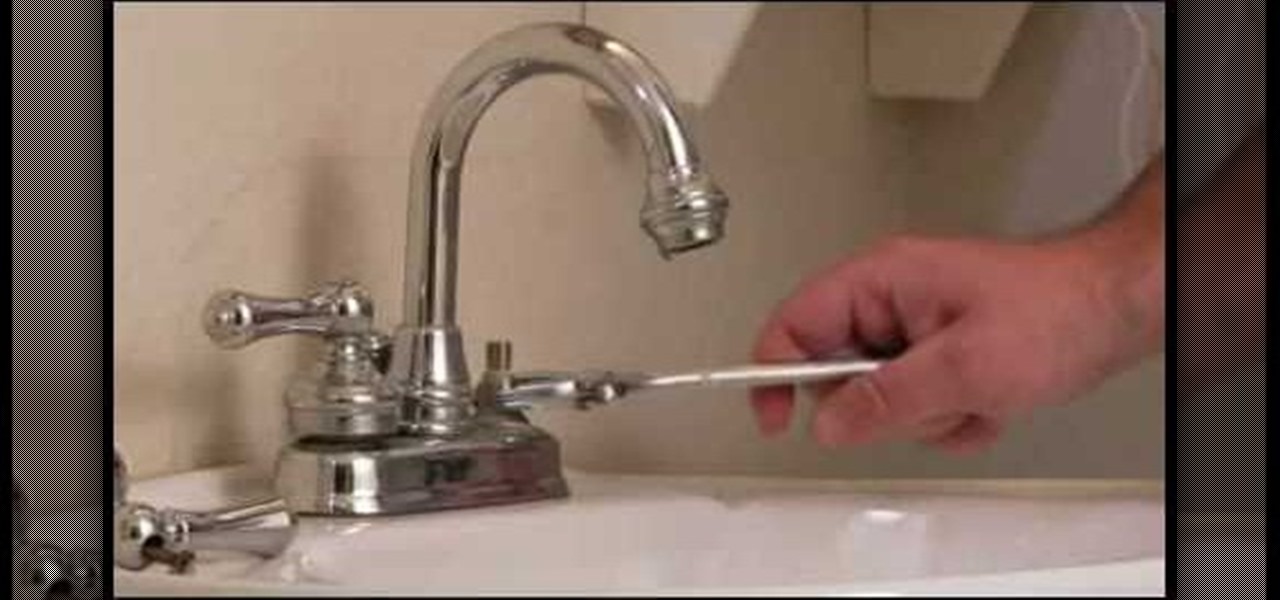


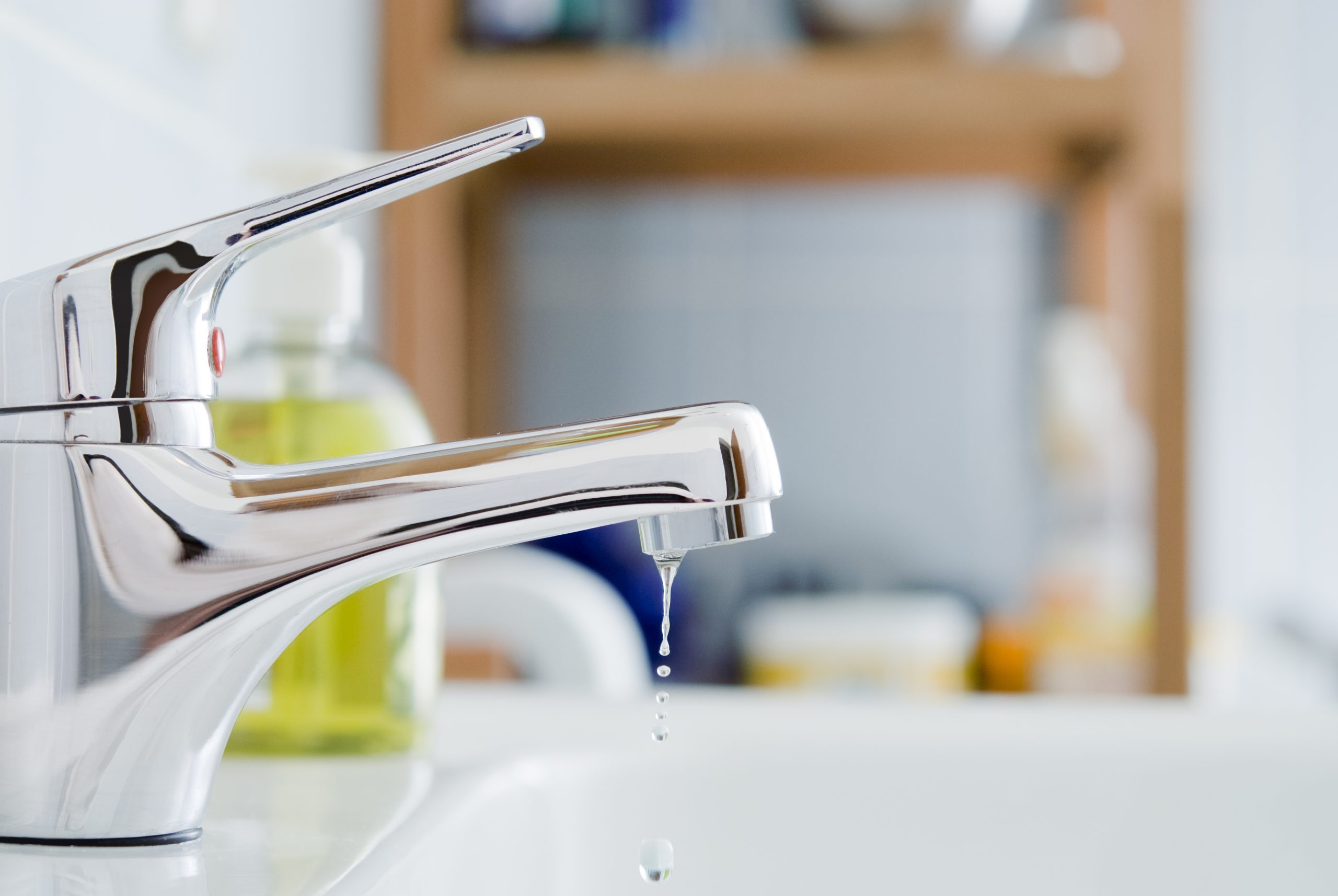





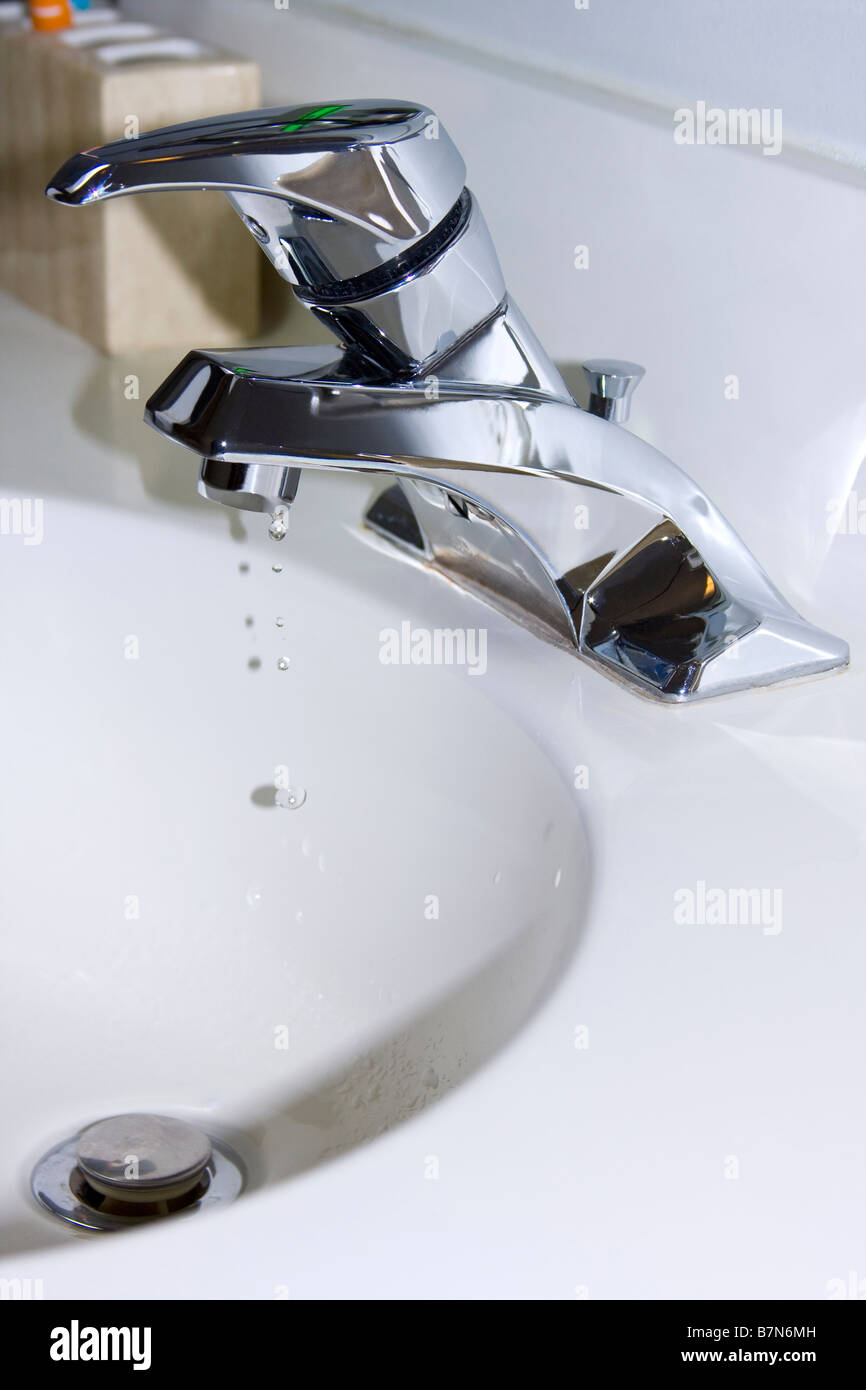











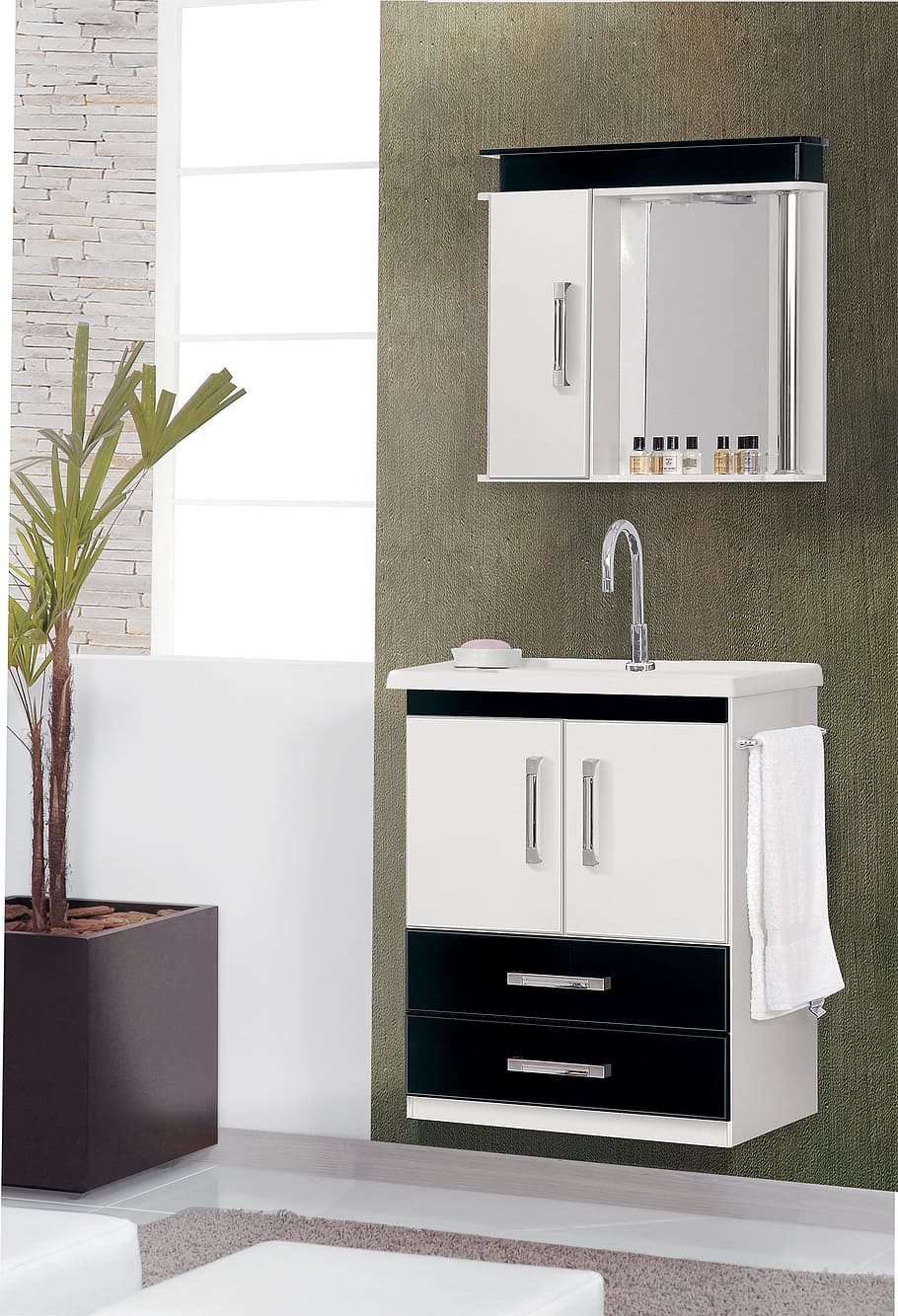






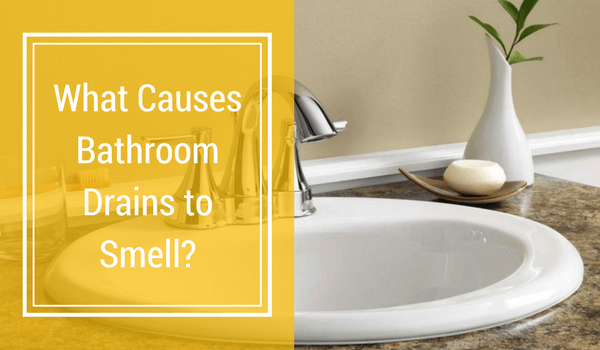






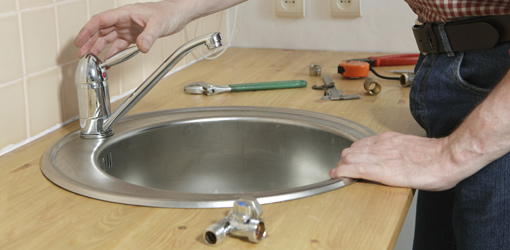




:max_bytes(150000):strip_icc()/build-something-diy-vanity-594402125f9b58d58ae21158.jpg)




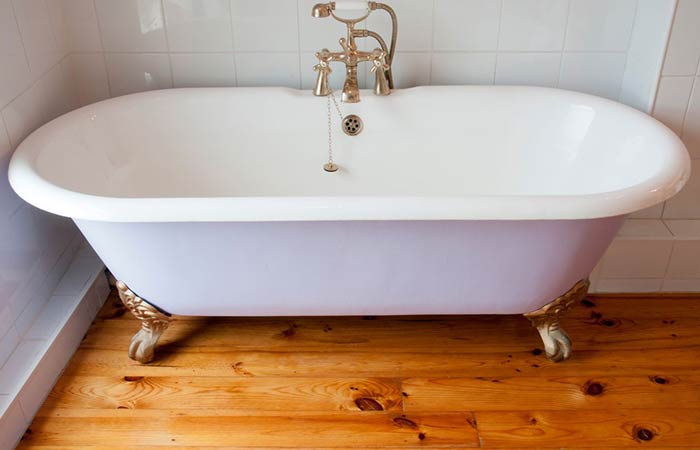



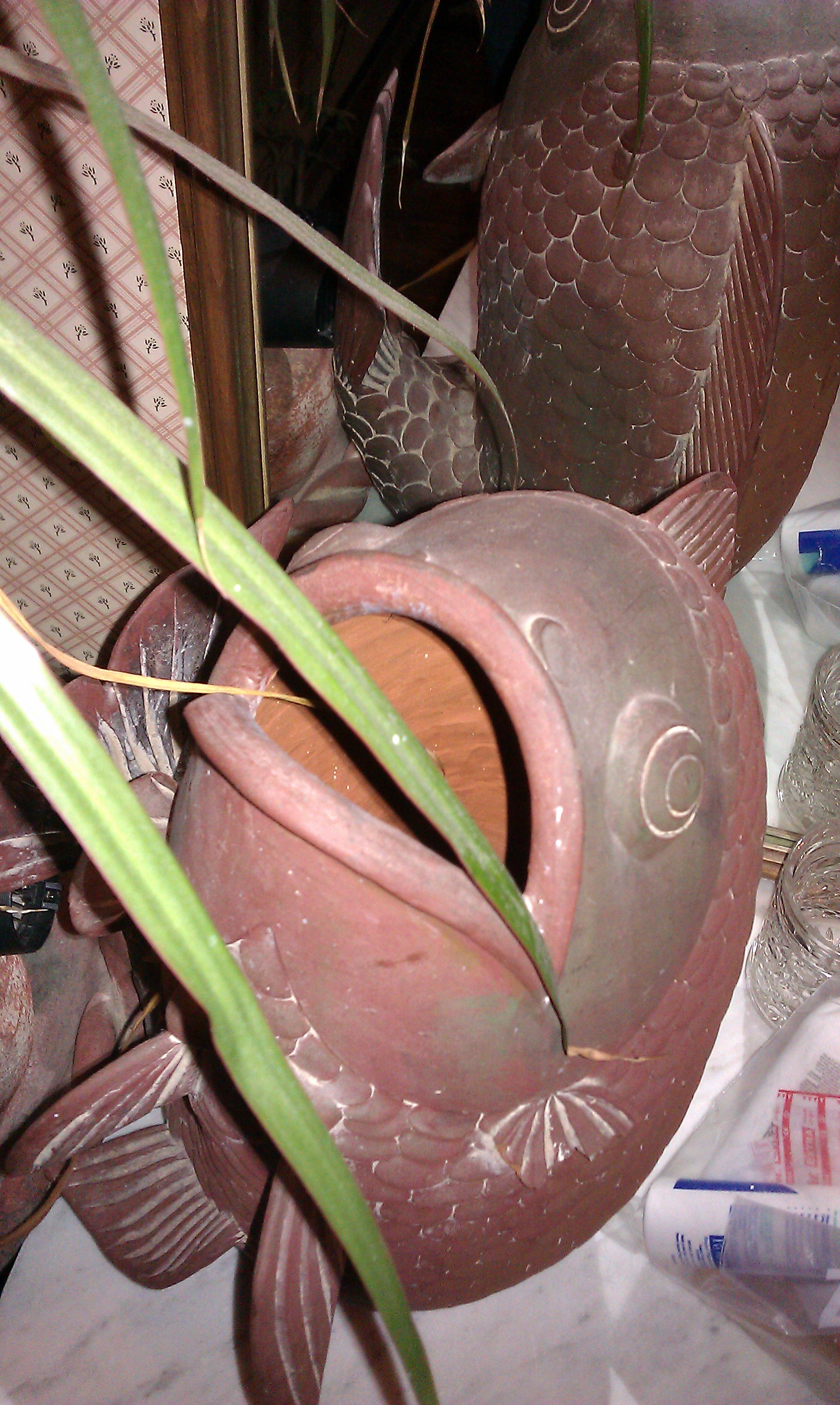


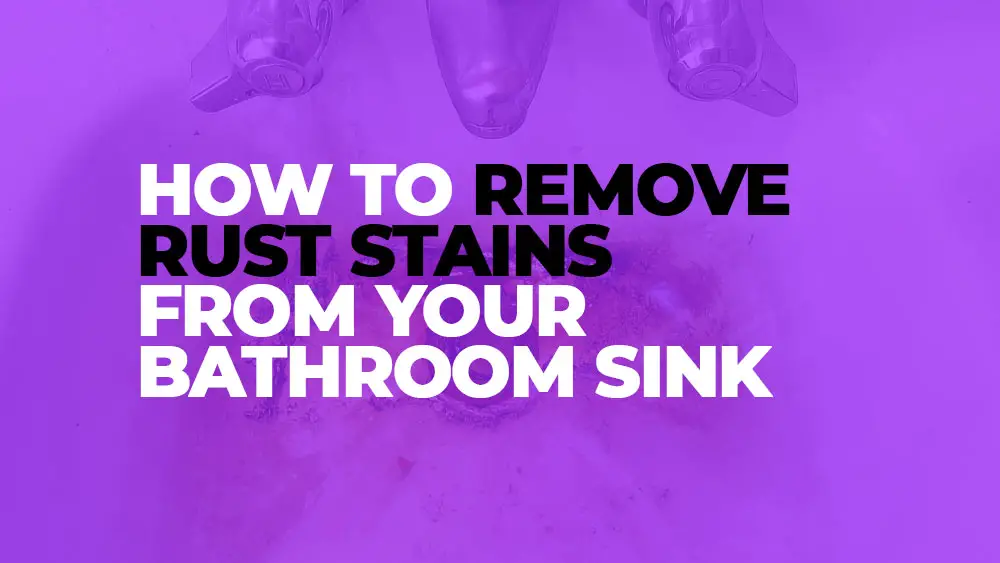



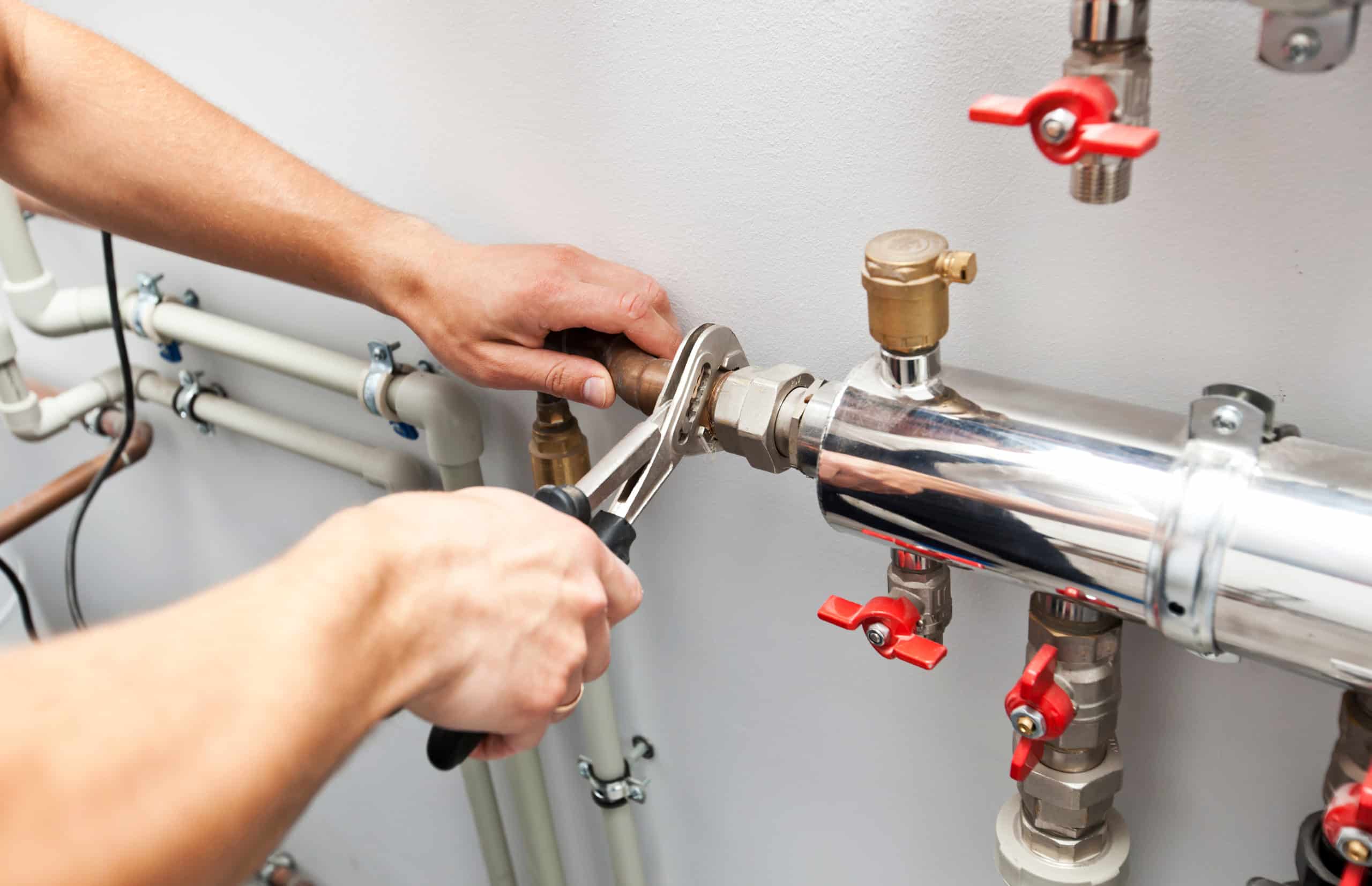
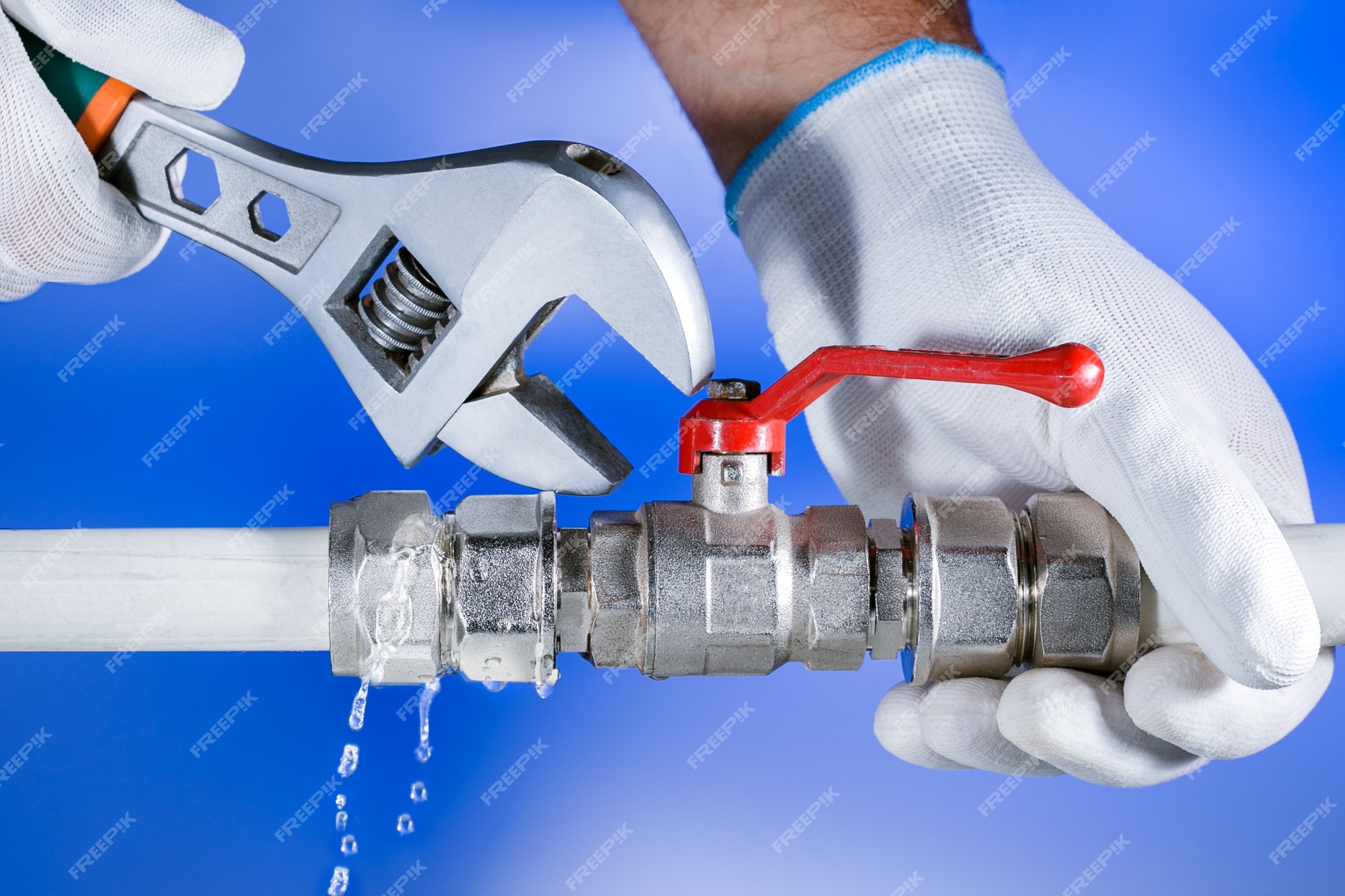

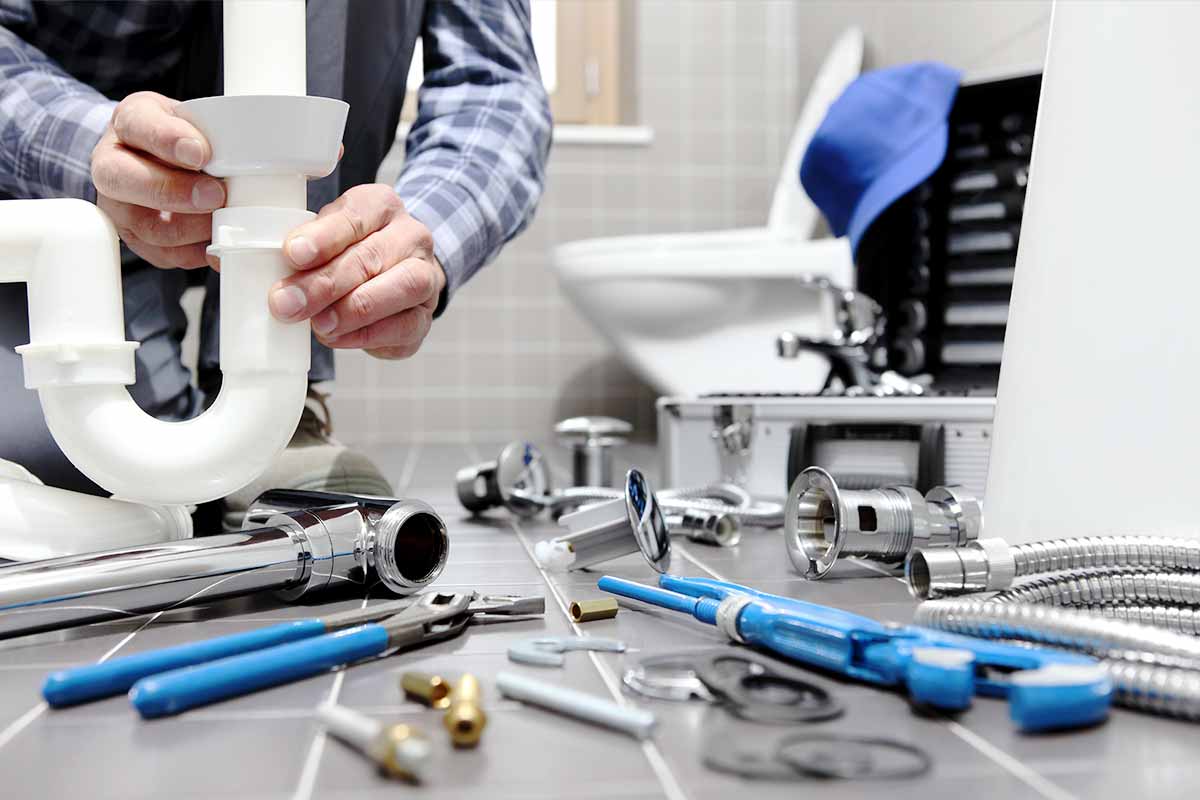



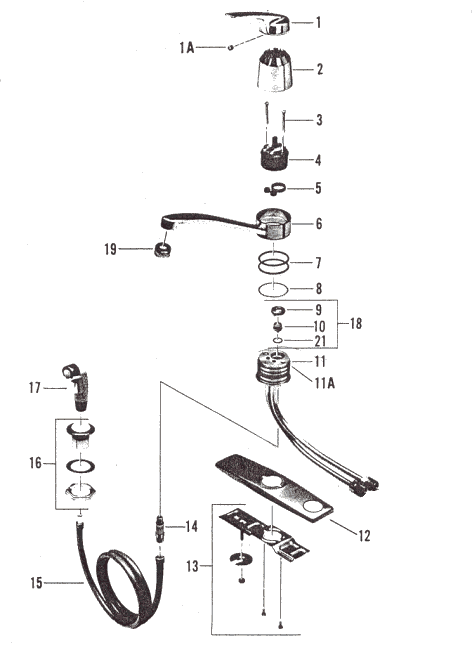

















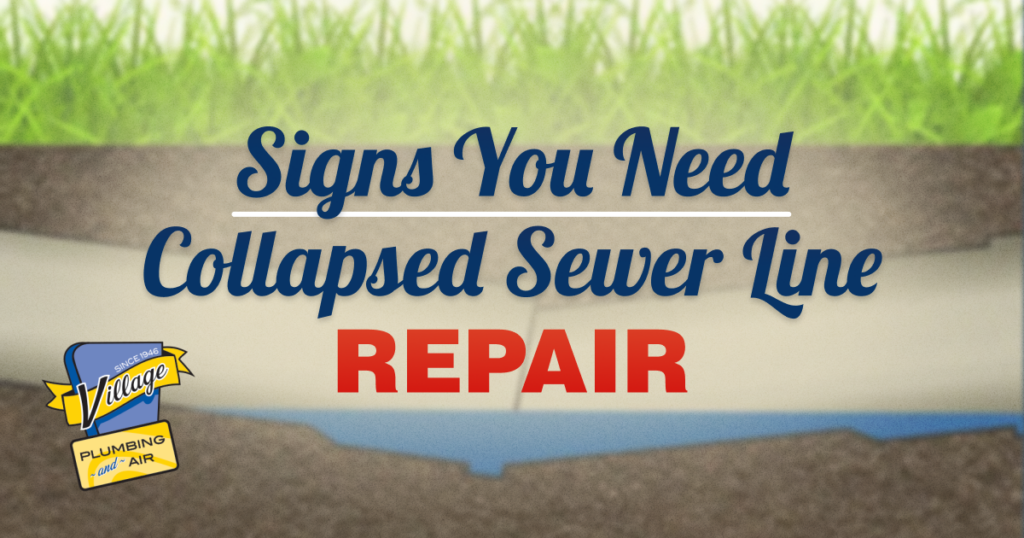
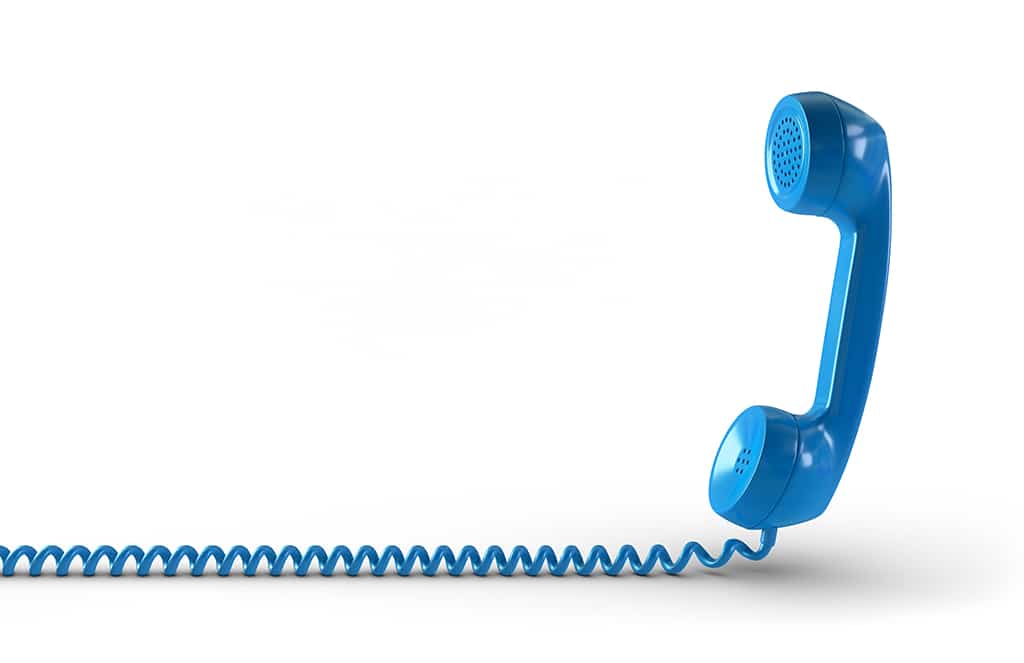



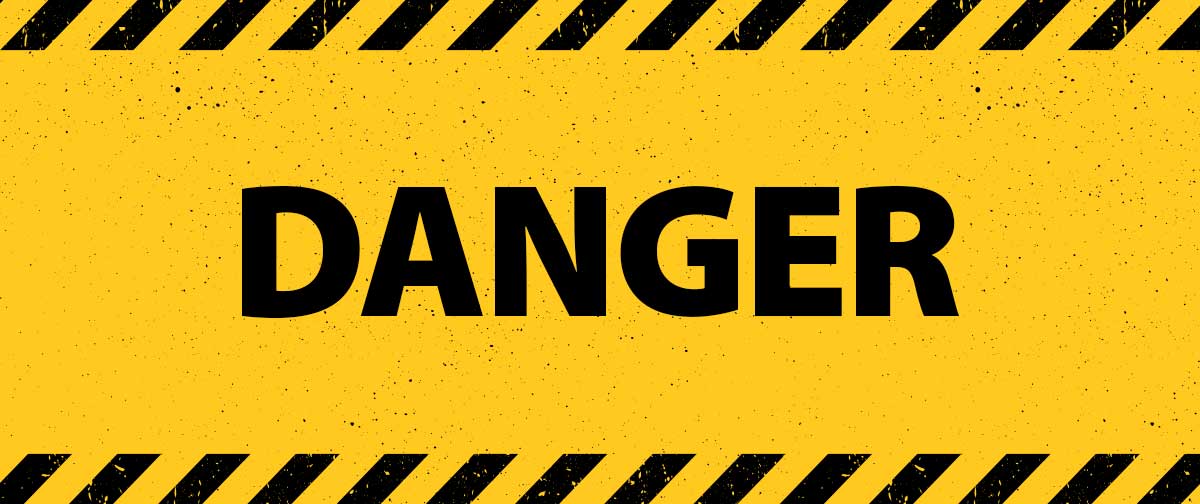

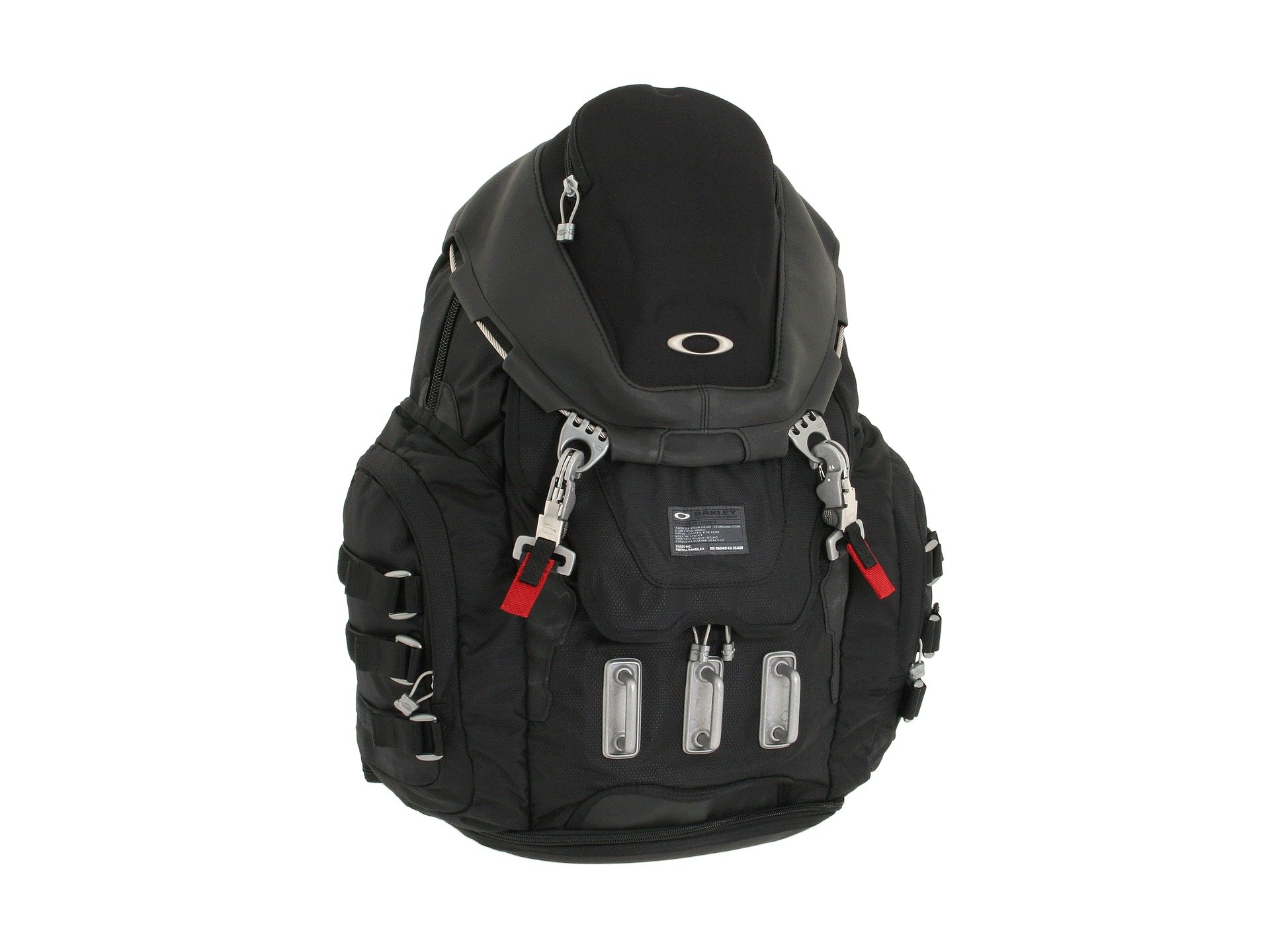
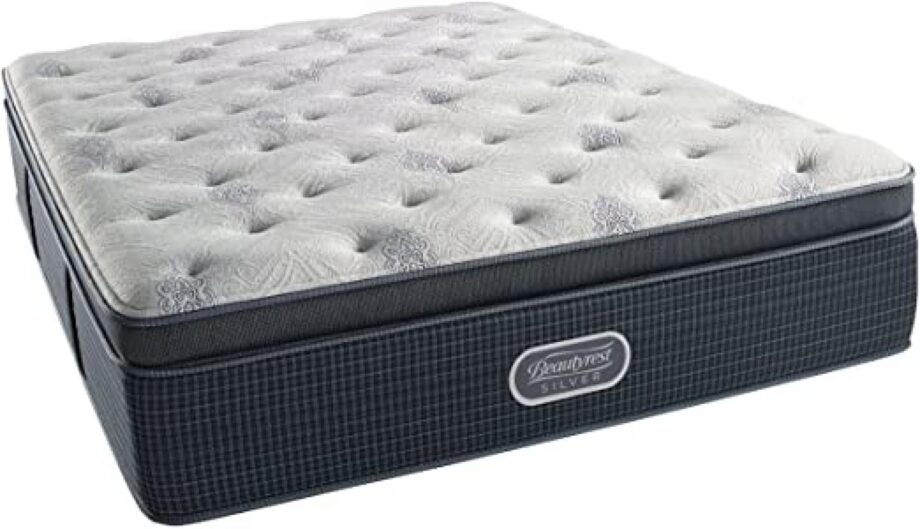

/exciting-small-kitchen-ideas-1821197-hero-d00f516e2fbb4dcabb076ee9685e877a.jpg)
